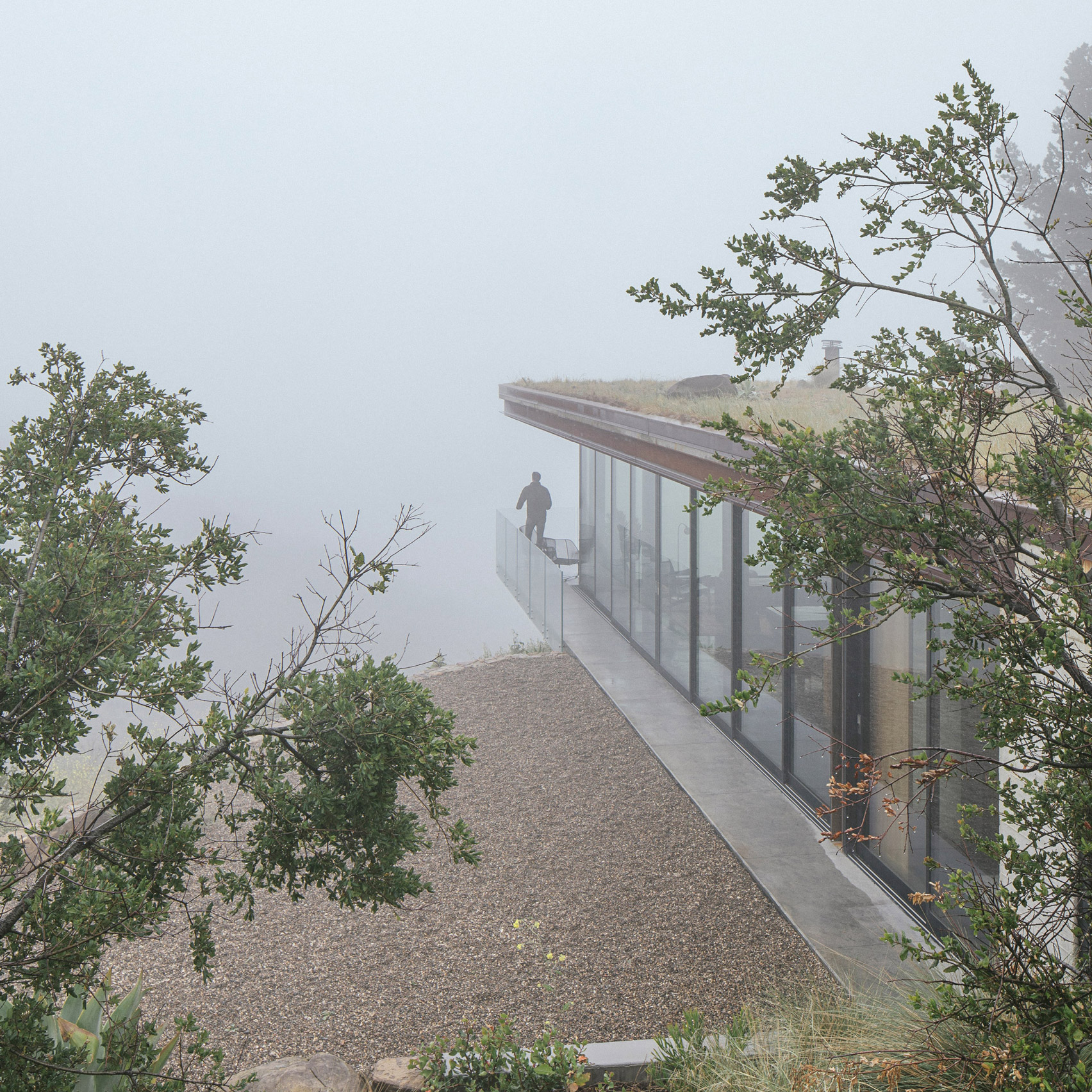

“Greywater,” or wastewater from bathing, dishwashing, bathroom sinks and washing machines can be used to flush toilets, wash cars or, if treated, to water plants.

According to builder and editor Mike Reynolds, a house with 60 percent of its windows facing south (passive solar) may have its heating requirements reduced by as much as 25 percent for virtually no cost.Īnother is the economical use of water. A sustainable home is also well-designed and laid out in such a way that it takes advantage of passive heating and cooling. One of the most important is energy efficiency – using either solar, wind or geothermal power to operate an edifice.

The features of a green building are many. “Green” building is often associated with “sustainable” architecture, which seeks to minimize the negative impact of buildings on the environment by maximizing energy, space and material efficiency, while minimizing their use so that the needs of future generations won’t be compromised. “Green” homes are dwellings that use resources from the earth in such a way that if you put them back into the surroundings, they wouldn’t cause any harm. Are you thinking of building a new house, renovating or expanding an existing one? Looking for ways to dramatically cut costs and leave less footprints in the environment? Consider building “green.” Not only is it the environmentally friendly way to go, but also the socially responsible thing to do.


 0 kommentar(er)
0 kommentar(er)
